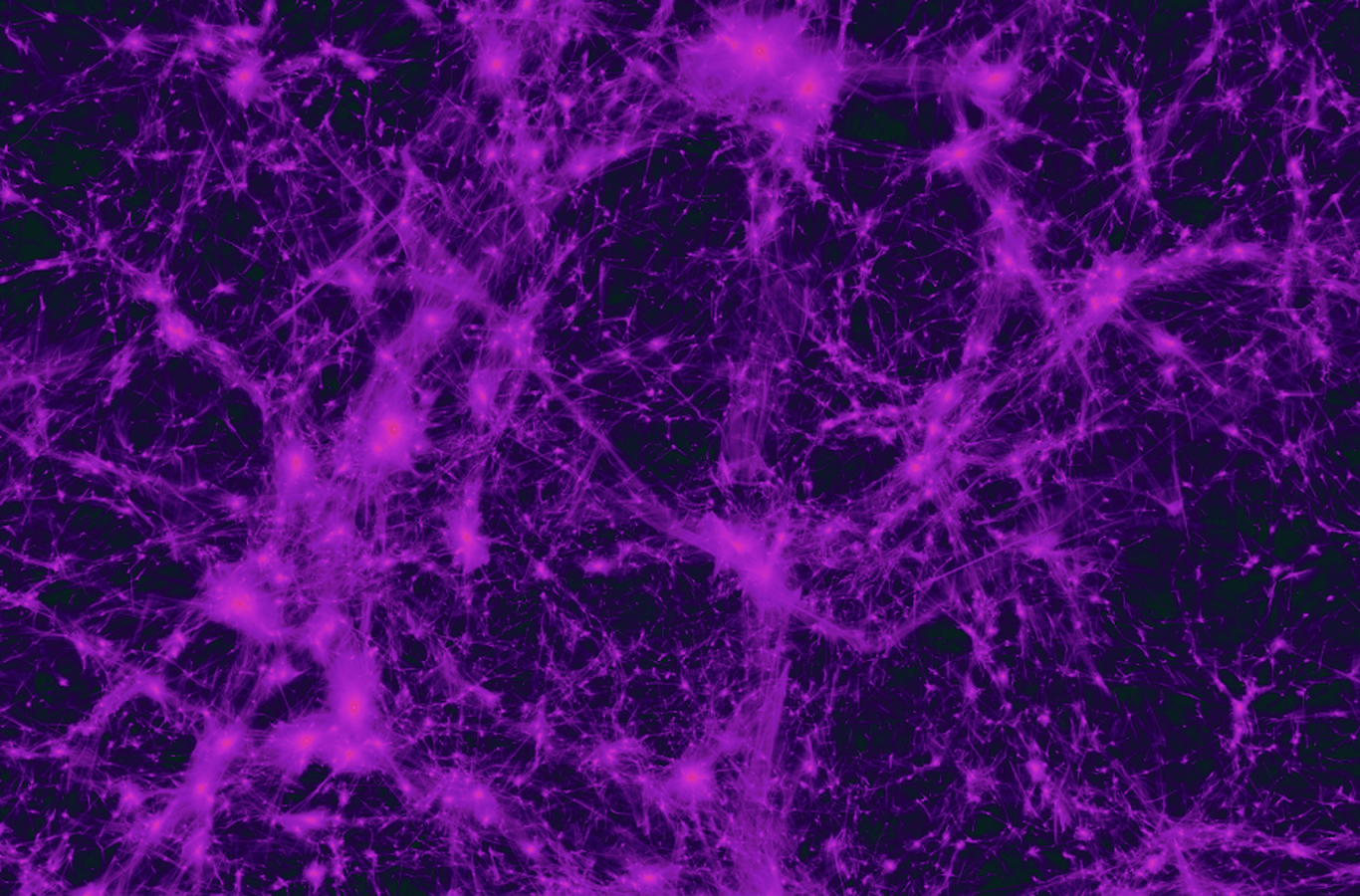Overview
Conventional high-resolution spectrographs are typically designed to take detailed spectra of single targets or of a very limited field of view. alternatively, multi-object spectrographs are designed to acquire spectra of multiple targets simultaneously at the expense of spectral resolution, wavelength coverage, and/or instrument cost. The inherent energy resolution of superconducting microwave kinetic inductance detectors (MKIDs) can be used to eliminate the need for a cross-dispersing element in a high-resolution spectrograph, freeing up valuable detector space that can be allocated to the spectra of multiple objects. This work lays the foundation for the development of a new class of high-resolution multi-object spectrographs (HRMOS) without the need to compromise resolution or coverage. A future, fiber-fed MKID HRMOS for the extremely large class of telescopes will be able to sample a comprehensive region around a star with an R~100,000 to simultaneously detect and characterize exoplanet atmospheres using high-dispersion coronagraphy.
